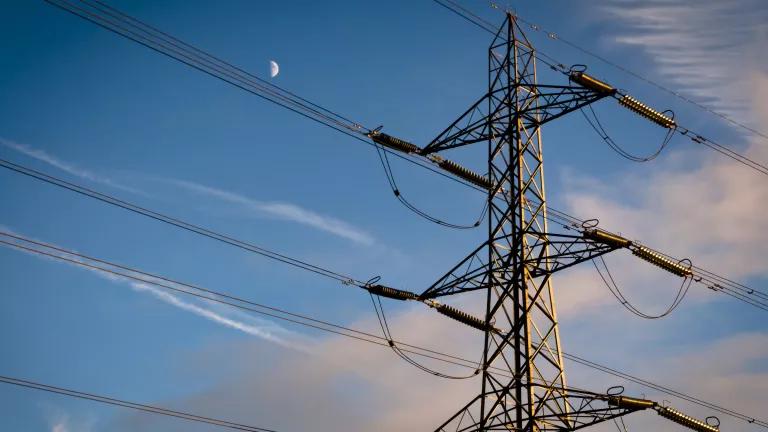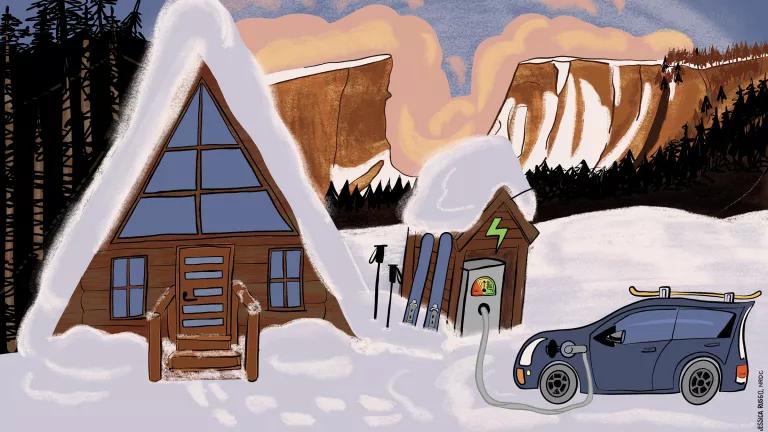
Figure 1. Rigby et al., 2019 CFC-11 mole fractions from 2008-2017, plus preliminary 2018-19 AGAGE results courtesy of S. Park, Kyungpook Nat. Univ., ROK. Presentation by Montreal Protocol Scientific Assessment Panel 4 November 2019.
Good news broke earlier this month at the annual meeting of the Montreal Protocol, the treaty that protects the ozone layer. A team of scientists reported that recently-spiking emissions of CFC-11, an ozone-depleting chemical banned worldwide a decade ago, are probably receding. China has been a major source of the emissions.
New, preliminary data from 2018-19 show that the amount of CFC-11 in the atmosphere is falling fast. It’s dropping particularly quickly in the northern hemisphere, where anthropogenic emissions tend to originate.
The scientists also reported sharply declining CFC-11 levels in air plumes reaching Gosan, South Korea, close to two provinces in eastern China known to be high emitters of the gas. Taken together, the findings reverse a troubling trend of higher emissions over the prior four years.
The results, although preliminary, suggest the Montreal Protocol’s mounting response has been effective. In 2018 the treaty’s scientific community, which continually monitors concentrations of CFCs and other harmful gases in the atmosphere, announced that it had identified a problem. The treaty’s diplomats quickly stepped in with political and policy pressure to pinpoint and stem the problem.
Now, just 15 months later, we’re seeing good news. It’s especially poignant this month, as Trump’s EPA edges towards a proposal to restrict the use of science to calculate the health benefits of environmental regulations.
But these encouraging signs are the beginning, not the end, of the global response to the CFC-11 problem. Emissions spiked so high that scientists concluded existing stocks of the chemical couldn’t be responsible. Rather, new, illegal production was almost certainly the culprit. CFC-11 production has been banned globally under the Montreal Protocol since 2010.
The scientific community identified China as a major source of the emissions. Responding to diplomatic pressure, China acknowledged the problem and explained what it’s been doing to curb illegal CFC-11 production. It reportedly demolished three illegal CFC-11 production facilities, trained law enforcement officials to enforce CFC-related laws, and enhanced its atmospheric monitoring network with new stations set to go online in 2021.
Countries rightly responded by asking for even more. A decision of the parties reminded countries that, in the case of illegal production or importation of a chemical, a full report and explanation are expected. The decision also called on countries to strengthen national laws implementing the Montreal Protocol and to examine if uses exempt from the CFC production ban are being exploited. It also asked for more forensic and forward-looking analysis from the Protocol’s assessment panels, the treaty’s scientific and technical experts.
But, even after all of that, uncertainty remains. Montreal Protocol parties don’t know that the elevated CFC-11 emissions have dropped for good, why they have decreased so quickly, how much CFC-11 has been produced, or exactly what it's being used for. It’s also unclear how the illicit CFC-11 production went undetected for so long, or if it might happen with other chemicals, now or in the future. All of the Montreal Protocol’s licensing and verification procedures seem to have missed the problem until atmospheric scientists, the last line of defense, caught on.
So far, negotiators haven’t insisted on restitution for the harm the extra CFC-11 emissions caused. The world relies on the Montreal Protocol to protect the stratosphere and climate from ozone-depleting gases and their substitutes, and parties spend time, effort, and money doing so. Environmental compensation should be a priority, perhaps followed by financial.
Worldwide affection for the Montreal Protocol has been a strong undergirding force for its implementation. But the CFC-11 problem suggests the treaty needs more to keep the reputation it’s earned. Countries should take a hard look at its compliance framework and tune it up, much like a favorite classic car. The global atmospheric monitoring network should be expanded and better funded, too.
Other News
Countries also carried on with the usual agenda. Every three years, countries agree to fund the Multilateral Fund, the financial arm that implements the Montreal Protocol, in an agreed-upon amount. This year they planned the study that will estimate the cost of the treaty’s work from 2021-2023 in preparation for negotiations and a decision next year.
In good news, the study will consider the costs of kicking off the Kigali Amendment’s HFC phasedown, which begins in developing countries in 2024. In some fast-growing markets, initial HFC phasedown projects may be needed to ensure compliance at the start of the phasedown.
The funding study will also include costs for some “stand-alone” projects (separate from national HFC phasedown plans) to transition companies away from HFCs. These projects help the Multilateral Fund estimate the cost of phasing down HFCs. The study will also provide an initial estimate of costs for the periods 2024-2026 and 2027-29.
In worse news, the funding study will include three cost scenarios based on differing fractions of countries having ratified the Kigali Amendment. It’s a bad idea; it would give contributing countries cover to underfund preparations for the HFC phasedown. Countries should provide enough money to support—indeed, encourage—universal participation and a timely start.
At the meeting countries also made a wish list for the treaty’s science, health, and technology experts as they begin research for the next quadrennial assessments of the Montreal Protocol’s work, due in 2022. The experts will examine changes to the ozone layer and its overall health, as usual. This year, countries asked for a look at how changes in the ozone layer affect the climate system and how, taken together, those changes affect biodiversity, human health, and more, back on earth.
For the first time, the 2022 ozone science report will consider the ozone layer impacts of solar radiation management (“SRM”), a type of geoengineering being increasingly discussed at international climate talks. Several science groups are evaluating stratospheric aerosol injection, a cost effective form of SRM, as a way to cut down on solar energy reaching the earth’s atmosphere. Among other problems, it may have dangerous consequences for the ozone layer.
The 2022 technology report will look into “banks” of chemicals—those currently in use or stockpiled—and the best ways to prevent those from being emitted. And, for next year, countries asked the technologists to keep thinking of ways to make cooling appliances more energy efficient when gutting them of HFCs.
And so the decade will close for the Montreal Protocol. As the CFC-11 problem becomes less acute, it’ll become time to strengthen the treaty with lessons learned and agree on environmental compensation for what's happened. That, and kicking off the HFC phasedown in era of growing climate urgency, is an honest workload for the decade ahead.




